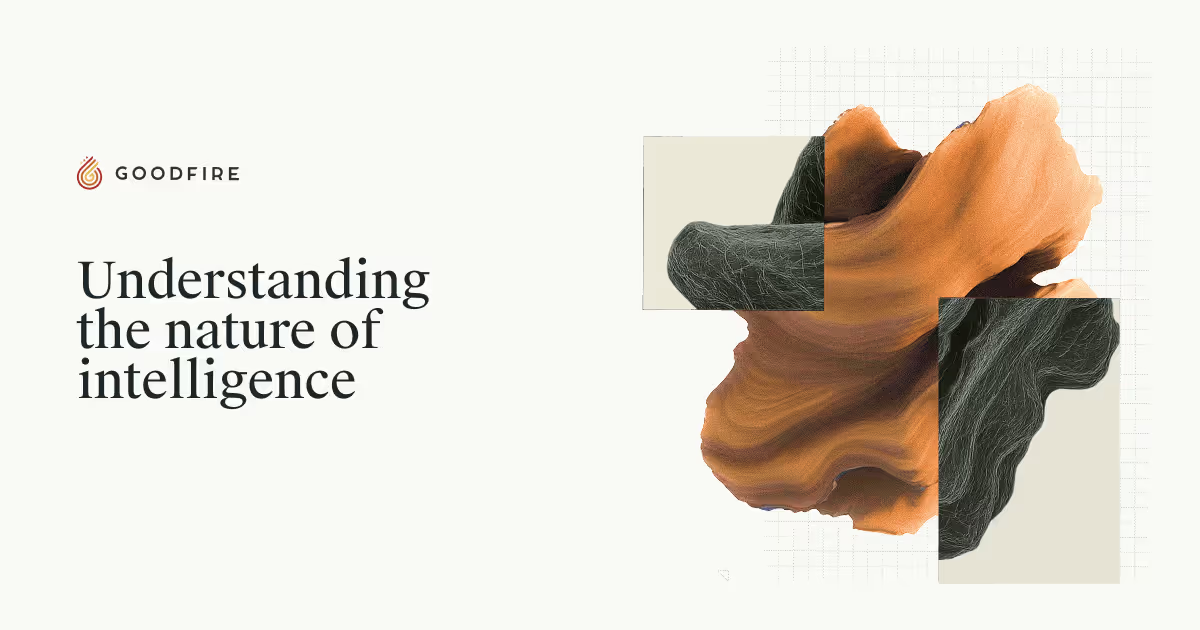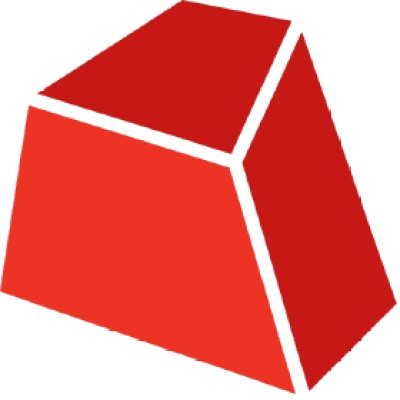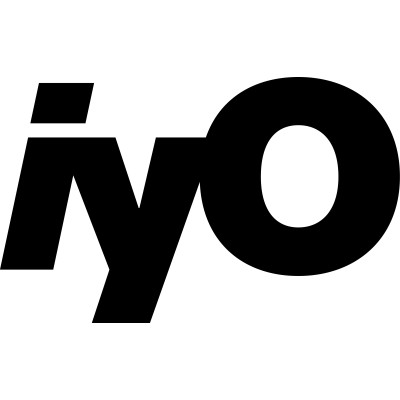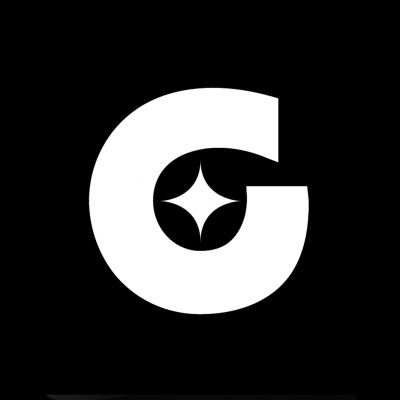
Goodfire is dedicated to shaping a future where the transition into a post-AGI world is safe, transparent, and intentional. We envision a world where humans truly understand AI systems at their core, enabling AI to be a reliable partner in solving complex challenges and advancing knowledge.
Our mission drives us to develop powerful mechanistic interpretability technologies that make AI systems understandable and controllable. By pioneering tools like Ember, we empower engineers and researchers to embed safety and clarity into AI's decision-making processes, ensuring AI models align with human values and needs.
Goodfire is building the infrastructure for a new era of AI—one where responsibility, insight, and innovation come together to unlock AI's potential in mission-critical applications. We are committed to advancing a future where AI's impact is safe, deliberate, and profoundly beneficial for humanity.
Our Review
We've been tracking Goodfire since they emerged from stealth, and honestly, they're tackling one of AI's biggest unsolved problems: figuring out what's actually happening inside these black boxes we call neural networks. Founded in 2024 by a team with serious AI chops, this San Francisco startup isn't just another AI company—they're building the tools to peek under the hood of AI systems.
What caught our attention immediately was their focus on "mechanistic interpretability." That's a fancy way of saying they want to understand exactly how AI models make decisions, not just what decisions they make. It's like having X-ray vision for artificial intelligence.
The Ember API: Their Star Player
Goodfire's flagship product, Ember, is genuinely impressive. It's the first hosted mechanistic-interpretability API, and we tested it with several models including Llama-3.3. The ability to detect problems in models and embed business rules directly into decision-making processes feels like something the industry has been waiting for.
What's clever is how they've packaged complex interpretability research into something engineers can actually use. Instead of requiring a PhD in AI safety, you get an API that helps you understand why your model chose option A over option B.
Timing Couldn't Be Better
The regulatory landscape is shifting fast, and companies are scrambling to explain their AI decisions. Goodfire landed right in this sweet spot. With governments demanding AI transparency and enterprises needing explainable systems for mission-critical applications, their timing feels almost prophetic.
We're particularly intrigued by their public benefit corporation structure. It signals they're thinking beyond just profit—important when you're building tools that could shape how we understand AI safety.
The Funding Story Tells a Tale
Their funding trajectory is telling: $7 million seed round in August 2024, then a whopping $50 million Series A just eight months later. That's not just growth—that's validation from some serious players, including Anthropic as an investor.
The $200 million valuation might seem steep for such a young company, but when you consider they're potentially solving AI's transparency problem, it starts to make sense. This isn't just another SaaS tool; it's infrastructure for the future of AI development.
Mechanistic interpretability API/SDK
Detect problems in AI models
Embed business rules into model decision-making
Deploy lasting fixes at production scale
Support for models like Llama-3.3 and 3.1








